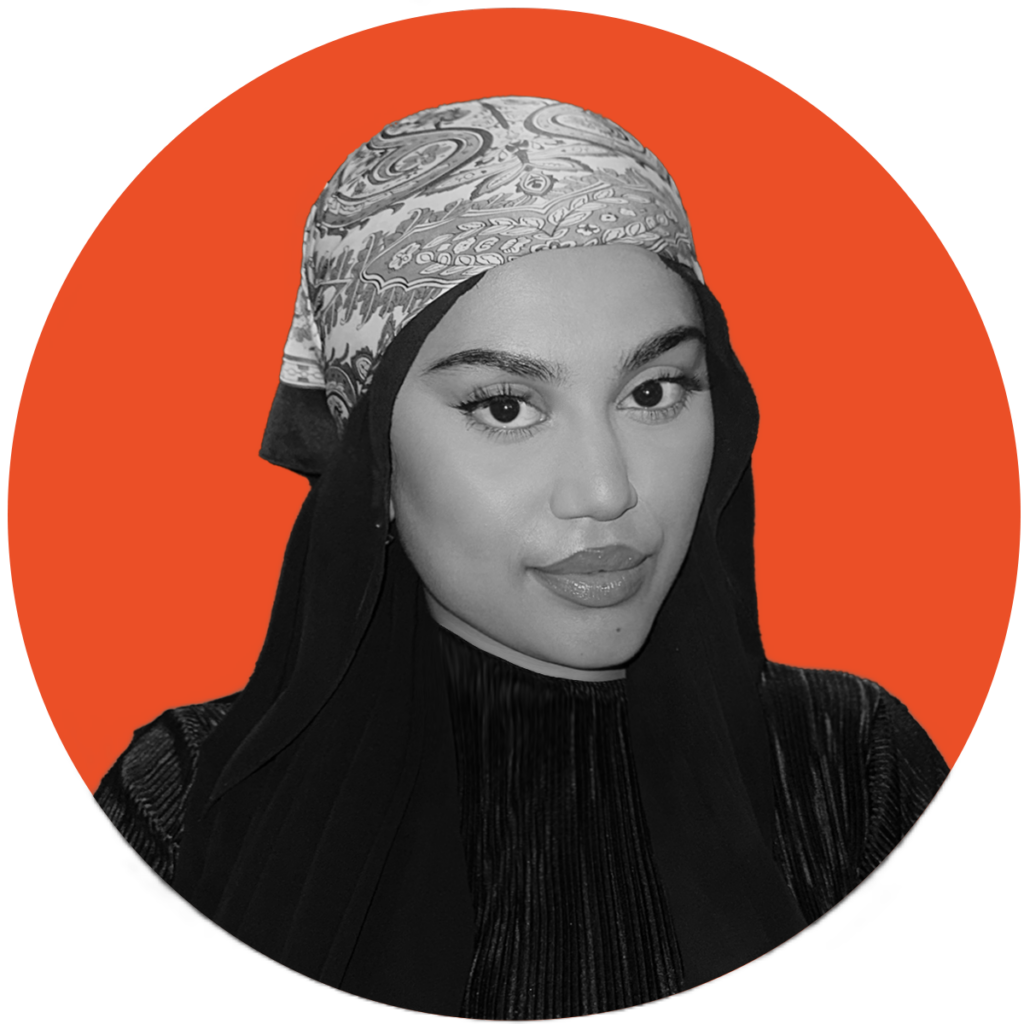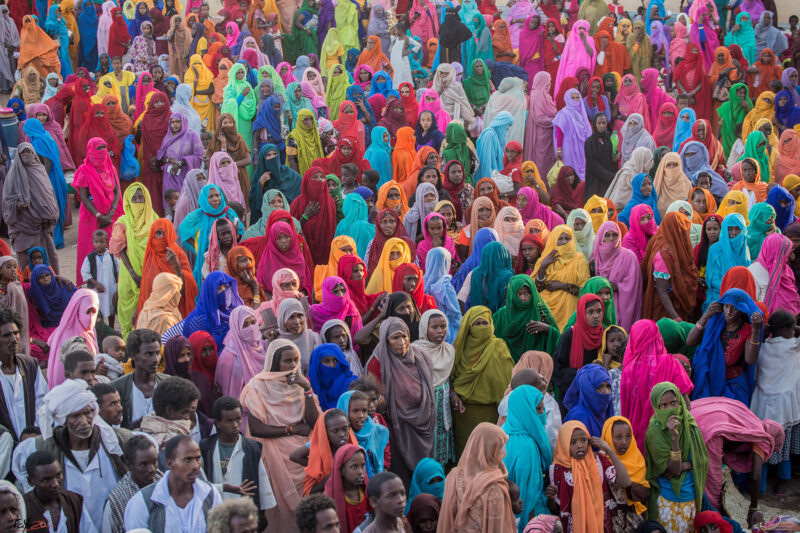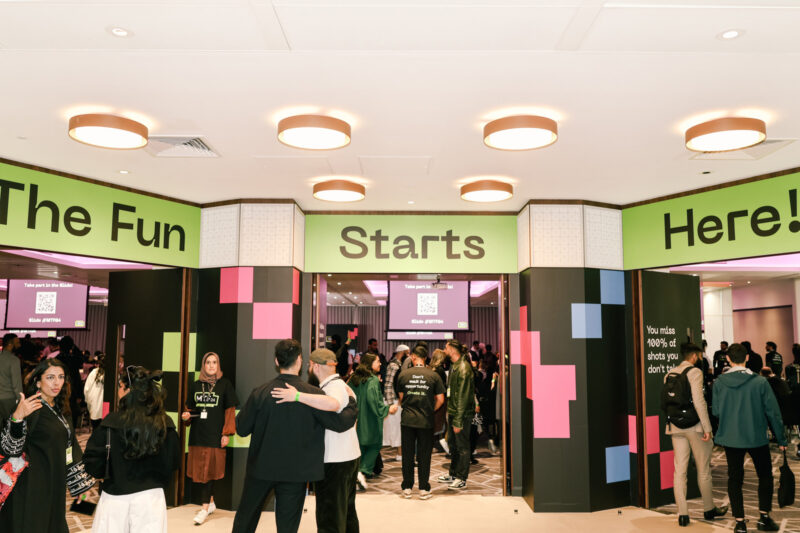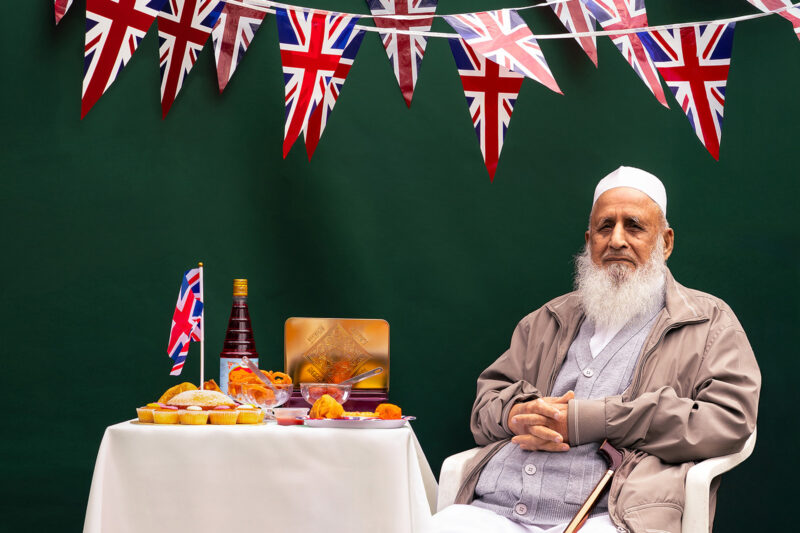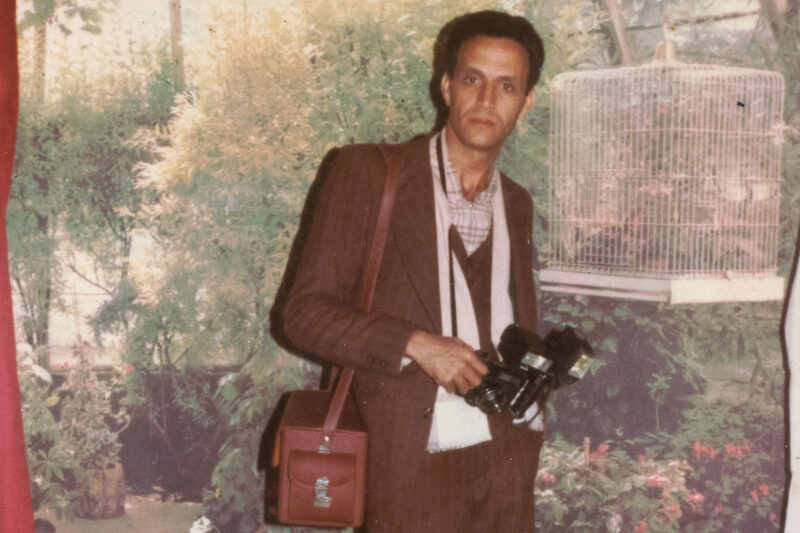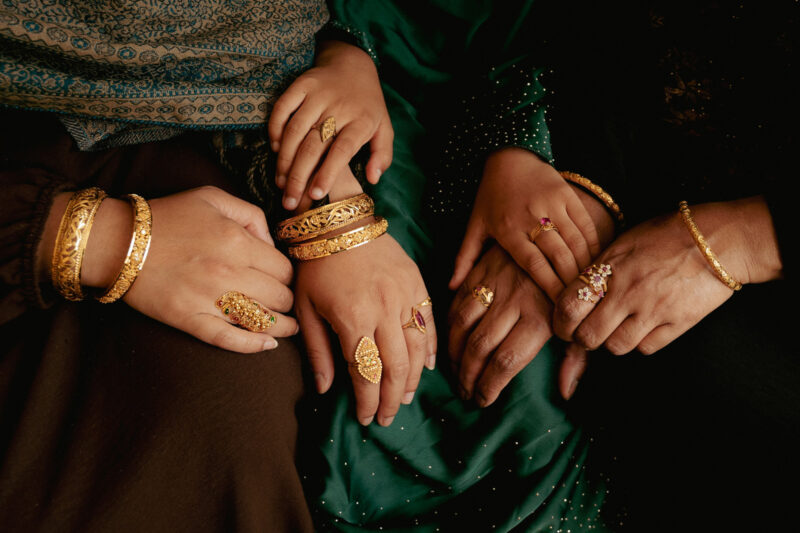Jummah Aesthetics turns a lens on men’s Friday prayers style
Using interviews and photographs of men at four east London mosques, a new exhibition examines the relationship between clothing, faith and identity

“Growing up I used to see Muslim men either wearing a three-piece suit to jummah, a shalwar kameez or a kurta under a jacket. Now, that’s all gone,” says British Pakistani documentary photographer Rehan Jamil. We are speaking at Oxford House, a community and arts centre in Bethnal Green, east London, at an exhibition featuring his work, Jummah Aesthetics: British Muslim Men and Their Sartorial Choices.
“Everybody wears thobes now. Since when were we Asians Arabs?” Jamil laughs, just before the doors open to the public. “Shifts happen in communities, but I wanted to know exactly why.”
That curiosity prompted Jamil to explore the outfits worn by Muslim men in the UK for Friday prayers. He worked with Fatima Rajina, a senior lecturer at the Stephen Lawrence Research Centre, De Montfort University and author of the book British Bangladeshi Muslims in the East End. Over eight Fridays between February and October 2024, the pair spoke to and photographed worshippers outside Shoreditch Masjid, East London Mosque, Brick Lane Jamme Masjid and Al Huda Mosque in Bethnal Green.
“It’s very hard to explain a project like this to people from our community, especially the older men because they’ve probably never been asked, ‘Can I take a picture of you?’ in a serious setting, or why they’re wearing a certain item of clothing,” says Jamil.
I spot Abdul Bashir, chairman of Shoreditch Masjid, standing near a large photograph of himself dressed for worship in a crisp white funjabi — a long kurta top and trousers — layered with a cream paisley-patterned waistcoat and a white tupi cap.
“I wear this outfit all the time to jummah prayers. It’s part of culture and tradition to wear a funjabi,” he says in Bengali. “Getting ready for the mosque on Fridays takes me about an hour. I like to take my time as it’s a special day in the week.”
For many South Asians who migrated to the UK in the mid-20th century, wearing traditional clothing was an important way to hang on to their identity in a new and unfamiliar country. Now, their children and grandchildren are taking a different, more personalised approach.
“Ethnic clothing like the funjabi and fyjama, worn by the older men, was easier to be seen in because there was no association to Islam,” Rajina says. “Now, younger generations have more freedom in what they wear as they don’t need to wear ethnic clothing to show their heritage or a thobe to appear religious.”
Across the room hangs a photograph of Sadiq Odusanay, 31, sporting sleek Dior sandals with a white thobe and a camouflage-patterned durag.
“I don’t wear thobes all the time, but in the summer I put this fit together,” he tells me. “It was only right to wear my Dior sandals because of the warm weather that day.”

Jummah Aesthetics combines photographic portraits with quotes from each subject, outlining what guides their sartorial choices and the role clothing plays for them as an expression of faith, cultural identity and individuality.
“I try to cover my hair when going to the mosque so I have a few different coloured bandanas, but my go-to is plain black. Neutral vibes,” says Odusanay. “I also wear a specific oud that my brother gets for me from Dubai, but I don’t know the name of it. I keep that fragrance for Fridays.”
Dressed in a beige Uniqlo shirt and trousers — the exact outfit he was captured in for the project — 22-year-old Sufi Sharif’s clean aesthetic is anchored by his distinctive Yeezy Boost 700 Wave Runner trainers.
“A lot of people often ask me about my outfits and where I buy my trainers from,” he says. “I work in a school so I plan my outfit the day before to fit both jummah and school.”
For Rajina, the project offered a refreshing and enlightening opportunity to focus on male expressions of style and Muslim identity rather than those of women, which are more frequently discussed.
“I hope people see Muslim men in all their glory because we don’t get that insight from Muslim men at all,” she says, adding that she gained some useful knowledge from the project.
“It was beautiful seeing men sharing something they love and take pride in. A lesson I’ve learned from this is to compliment men more — if they look good, just tell them.”
Jummah Aesthetics: British Muslim Men and Their Sartorial Choices is on view at Oxford House until 31 January 2025. Gallery hours are Monday-Friday, 10am-6pm.
 Newsletter
Newsletter

